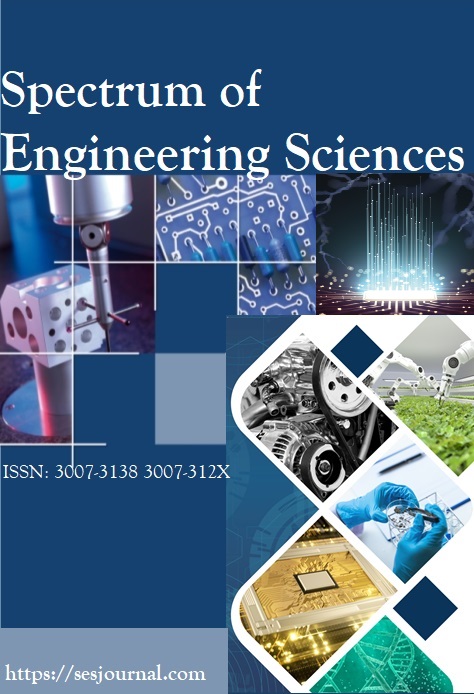AI IN ARCHITECTURE AND ACADEMIA: BRIDGING INNOVATION AND ETHICS FOR SUSTAINABLE HUMAN-CENTRIC DESIGN
Keywords:
Artificial Intelligence, Generative Design, Sustainable Architecture, Academic Innovation, Ethical AIAbstract
Artificial Intelligence (AI) is reshaping academia and architectural practice by augmenting creativity, optimizing workflows, and fostering interdisciplinary innovation. While AI-driven tools enhance design processes, research methodologies, and educational paradigms, ethical concerns, workforce adaptation, and data governance challenges persist. This paper explores AI’s dual role in these domains, evaluates its implications, and proposes frameworks for sustainable integration.
Drawn objects have no meaning in the virtual realm of 3D visualization software, and they are the short output of binary data on a screen. Users, on the other hand, perceive such items as buildings, rooms, architectural elements, and so on. One of the problems impeding the integration of digital and sustainable design is the recognition gap between computers and humans. Obstacles include accurate realistic iterations of massive calculations. Accuracy and practicality, including spatiality, materiality, and so on, are critical considerations in environmental simulations. Without these factors, it is impossible to replicate environmental performance in any situation.
To obtain relevant results, a large amount of data must be determined for computations in environmental modelling software such as ECOTECT, TAS, and others. User choice is another impediment to not just environmental optimization but also architectural design concerns. It may be simple to meet objectives just on a numerical basis.
For example, getting the most sunshine is as simple as using the largest window or glass box. These options, however, are, needless to say, unacceptable to designers or architects. Computer-generated environmental solutions are only beneficial if the users are happy with them. Furthermore, the presence of clients complicates initiatives. As a result, optimum solutions must be created in line with user choices.
The intersection of AI with academia and practice highlights a dual-edged impact—while it offers immense potential for growth and efficiency, it demands careful navigation of ethical dilemmas and societal implications. Institutions must foster interdisciplinary collaboration to address these challenges while maximizing the benefits of AI. As AI continues to evolve, its role in shaping the future of education and professional practice will be pivotal in driving innovation while ensuring inclusivity and ethical responsibility. this Abstract Underscores the transformative potential of AI while emphasizing the importance of addressing its broader implications for sustainable development in both academic and practical domains.
















